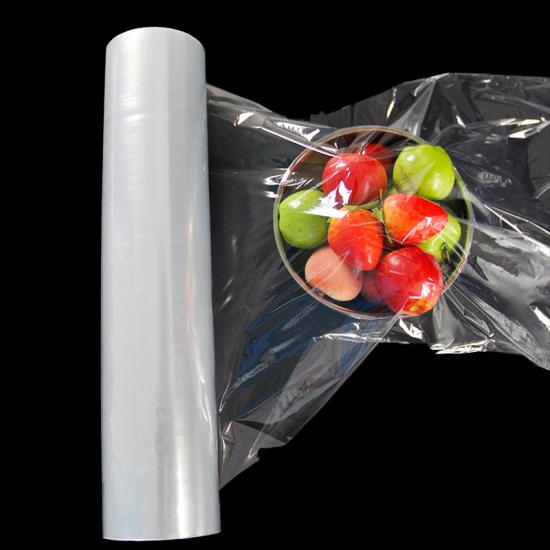The shift from lead-based stabilizer to environmentally-friendly Calcium/Zinc stabilizer marks a significant milestone in PVC production. As sustainability concerns become increasingly vital, Ca/Zn stabilizers have emerged as a critical component in the global PVC industry. This comprehensive guide delves into the world of Ca/Zn stabilizers, detailing their history, evolution, environmental impact, applications, and future prospects.
Historical Background and Evolution
The journey of Ca/Zn stabilizers begins in the 1970s, when they were first introduced as an alternative to lead-based stabilizers in the wire and cable industry. However, these early stabilizers were far from perfect, experiencing challenges with early color hold and processing.
Through persistent research and technological advancements, the limitations were gradually overcome. Today’s Ca/Zn stabilizers not only provide excellent color hold and improved processing but also offer exceptional thermal stability, making them an ideal choice for PVC applications.

Environmental Impact of Calcium/Zinc stabilizer
Lead-based stabilizers, once extensively used in PVC production, have raised significant environmental and health concerns due to their toxicity. As awareness of these hazards grew, the search for safer alternatives became crucial.
Enter Ca/Zn stabilizers, the eco-friendly solution to this environmental challenge. These stabilizers offer performance levels comparable to their lead-based counterparts but without the harmful environmental implications. As a result, they have played a key role in aligning the PVC industry with global sustainability goals.
The use of Ca/Zn stabilizers has significantly reduced the environmental footprint of PVC products. This transition not only demonstrates the industry’s commitment to environmental stewardship. But also its ability to innovate and adapt to changing circumstances.
Applications of Calcium/Zinc stabilizer
The superior properties of Ca/Zn stabilizers have made them integral to various PVC applications. Here are some key areas where they are commonly used:
- Wire and Cable:. Ca/Zn stabilizers enhance the thermal stability of PVC insulation materials in wires and cables, ensuring longevity and durability.
- Construction:. In building applications, Ca/Zn-stabilized PVC products offer excellent performance, withstanding wear and tear and offering longevity.
- Medical Devices:. The healthcare sector uses Ca/Zn-stabilized PVC in the manufacturing of various medical devices and equipment, ensuring they meet strict health and safety standards.
- Automotive Components:. In the automotive industry, Ca/Zn stabilizers are used in the production of various components, thanks to their heat-stabilizing properties.
- Packaging:. The packaging industry also leverages the benefits of Ca/Zn stabilizers for PVC packaging materials, offering durable and safe solutions.
Future Prospects
The future of Ca/Zn stabilizers looks promising. With the increasing focus on sustainability and technological advancements, manufacturers are continually innovating to develop sophisticated Ca/Zn formulations that can cater to a broader range of PVC applications.
Furthermore, the integration of nanotechnology presents exciting opportunities to enhance the performance of these stabilizers even further. The use of nanostructured materials could potentially increase their efficiency, offering cost-effective solutions with lower usage levels.
The increasing global demand for eco-friendly stabilizers points towards a bright future for Ca/Zn stabilizers, ensuring their role will only become more critical as the PVC industry evolves.
Conclusion
The rise of Ca/Zn stabilizers represents a significant shift in the PVC industry, underlining the industry’s commitment to sustainability and innovation. The environmental benefits and exceptional performance offered by these stabilizers have ensured their increasing adoption across various industries.
As we move forward, the significance of Ca/Zn stabilizers will only increase. The continued focus on sustainability, coupled with advancements in technology, ensures a vibrant future for these stabilizers. The journey so far has been impressive, and as technology advances, we can expect Ca/Zn stabilizers to continue to evolve, leading the way towards a more sustainable PVC industry.
The story of Ca/Zn stabilizers serves as a powerful reminder of how innovation and environmental responsibility can go hand in hand. Their rise to prominence is not just about a shift in stabilizers but a change in mindset – a recognition that industrial growth and environmental stewardship can, and should, coexist.
